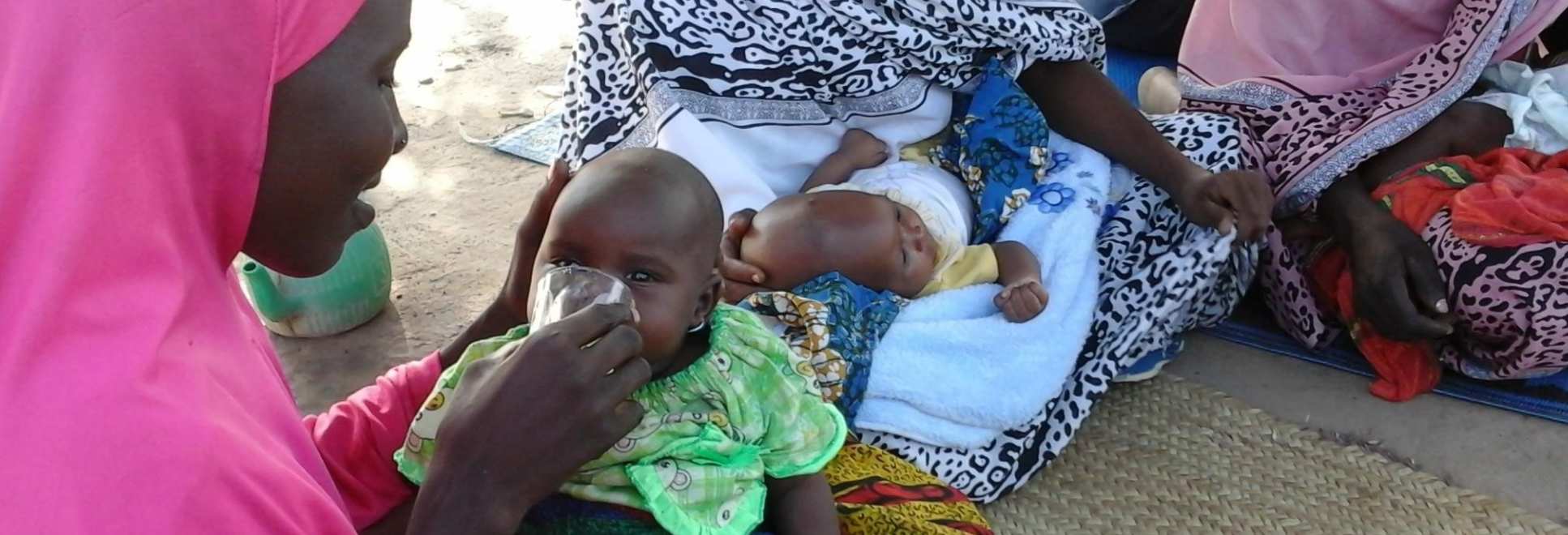
Project information
Preventive malaria treatment is given to children in particular risk groups and countries. Seasonal malaria chemoprevention (SMC) is an approach which aims to prevent malaria in young children in areas of higher transmission, and specifically highly seasonal areas. SMC was first recommended as policy by WHO in 2012 for areas of the Sahel and sub-Sahel regions of Africa with high and seasonal malaria transmission. The antimalarial drugs sulfadoxine-pyrimethamine plus amodiaquine are administered monthly to children under 5 years of age during the rainy season.
Our research has been focussed on how SMC can be optimised and adapted to areas with different malaria epidemiology, including areas with less seasonal transmission (by extending the number of SMC cycles), and investigating how expanding the age range given SMC to include older children might affect the malaria burden and the transmission of malaria, together with colleagues at the LSHTM. We are also collaborating with the Malaria Consortium to assess how routine data can be used to infer the impact of SMC, as it is increasingly scaled up.
Another chemoprevention intervention, post-discharge malaria chemoprevention (PDMC) targets children who are recovering from a recent episode of severe malarial anaemia. This group of children have been shown to have a high burden of malaria-associated readmission to hospital and death, even after successful treatment of the original severe malarial anaemia episode. A trial published in 2020 showed that providing prophylaxis to this group of children could substantially reduce subsequent malaria readmissions and disease. Together with the international trial team, we are developing models to characterise the burden of post-discharge malaria, and the potential impact of PDMC in areas of differing transmission intensity.
Recent publications
de Cola, MA, Sawadogo, B, Richardson, S, Ibinaiye, T, Traore, A, Compaore, CS, Oguoma, C, Oresanya O, Tougri, G, Rassi, C, Roca-Feltrer A, Walker, PG, Okell, LC. Impact of seasonal malaria chemoprevention on prevalence of malaria infection in Malaria Indicator Surveys in Burkina Faso and Nigeria. BMJ Global Health in press 2022.
Diawara H, Walker P, Cairns M, Steinhardt LC, Diawara F, Kamate B, Duval L, Sicuri E, Sagara I, Sadou A, Mihigo J, Eckert E, Dicko A, Conteh Let al., 2021, Cost-effectiveness of district-wide seasonal malaria chemoprevention when implemented through routine malaria control programme in Kita, Mali using fixed point distribution, Malaria Journal, Vol: 20, Pages: 1-14, ISSN: 1475-2875
Cairns, ME, Walker, PGT, Okell, LC, Griffin, JT, Garske, T, Poku-Asante, K, Owusu-Agyei, S, Diallo, D, Dicko, A, Cisse, B, Greenwood, BM, Chandramohan, D, Ghani, AC, Milligan, PJ. (2015). Seasonality in malaria transmission: implications for case-management with long-acting artemisinin combination therapy in sub-Saharan Africa. Malar J, 14:321. Publisher's link.
Cairns, M, Walker, PG, (2015). Monthly malaria chemoprevention shows potential in an area of very high, perennia malaria transmission. Evid Based Med., 20:110. Publisher's link.